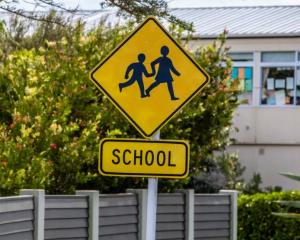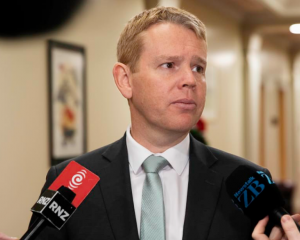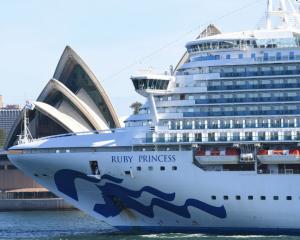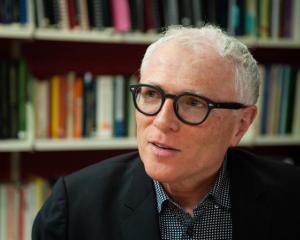We knew it was coming from the first weeks of the Covid-19 lockdown but that does not mean the sting was removed from the all-but-inevitable news.
It was yesterday confirmed New Zealand’s pandemic-weakened economy had slumped, deeply, into its first recession in more than a decade.
The dramatic decline in national gross domestic product growth started at Alert Level 4 and weathered the fightback for six dreadful months.
It was called the deepest recession in living memory, an economic catastrophe and an unprecedented decline. But it was not called a surprise.
Economists, politicians and first year university students all warned the Covid-19 crisis would tear a pandemic-sized hole in the national economy.
We were also told the Government’s $20billion Covid-19 stimulus package was no silver bullet and that the pressure it relieved would not go away.
The likes of wage subsidies, infrastructure projects and re-education policies would soften the blow but would add significantly to debt and the national deficit.
We knew this would mean borrowing, and that we needed to borrow on future productivity to soften the blow on the present upon which that future is built.
We expected a $28billion deficit this year but, in its pre-election opening of the Government’s books this week, Treasury surprised us with a figure $5billion lighter.
It also surprised us with a $12billion, rather than a $5billion, deficit for 2024 and unemployment that will remain high for longer during a slower recovery.
At the May Budget, Treasury expected 180,000 people to be on the Jobseeker and emergency benefit in 2024. Now, it has added another 66,000 to the figure.
They are remarkable numbers made unremarkable by the near-daily reminders that the global response to the Covid-19 pandemic will simply keep on hurting.
That one of the most remarkable up-front spends in our modern history happened against insurmountable odds was laid bare in the latest GDP figures.
Statistics New Zealand said GDP fell a seasonally adjusted 12.2% in the three months to June, following a 1.4% fall in the first quarter.
It was the biggest fall since the current measurement system was introduced in 1987, and was the first recession since the Global Financial Crisis a decade ago.
GDP dropped 7% in Australia, 11.5% in Canada and 11.8% in the European Union. It was worse in the United Kingdom (20.4%) but better in the United States (9.1%).
If the rest of the world is in the same boat, more-or-less, then New Zealand faces a long haul from the potentially decade-long impacts of the global pandemic.
We need our global trading partners to rediscover their rude health if we are to sell more of what we grow and make, to claw back what we have lost.
Begrudgingly, we must be prepared to accept the government we elect next month will employ a strategy that will only be a best-guess in an uncertain global environment.
As it stands, we know only that our trading partners are as worried about the future as we are, and that they know only what we do: the future is uncertain, an end to the pandemic is unclear.
Economists yesterday noted there was clarity in the GDP figures, in so far as they were ancient history and simply confirmed what we knew to expect during the pandemic.
However, that ancient history will continue to influence the present, even if the economists are right and the deep dip of the last quarter is in the process of softening.
Such a significant slowdown can influence investment decisions which, in turn, affect jobs and how much money is spent to keep businesses and communities going.
It is said job market trends lag GDP by several months. If this is the case, then we can expect successive figures to confirm what Treasury has already told us: the pandemic, the recession and the response are propelling many of us towards an unknown future.










